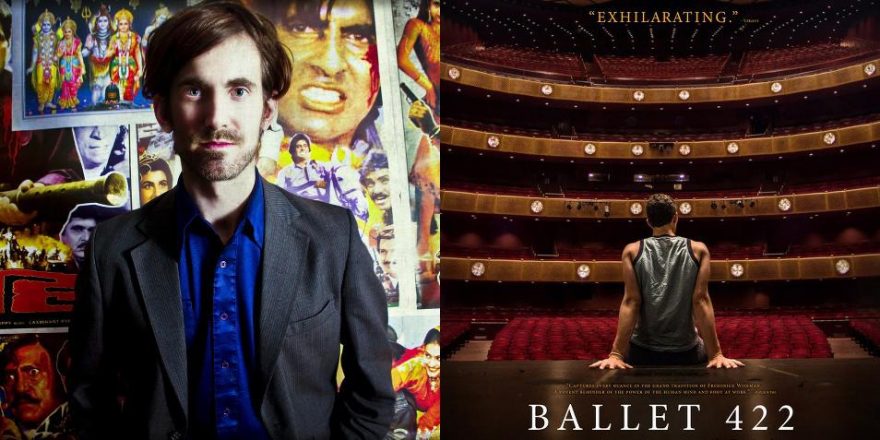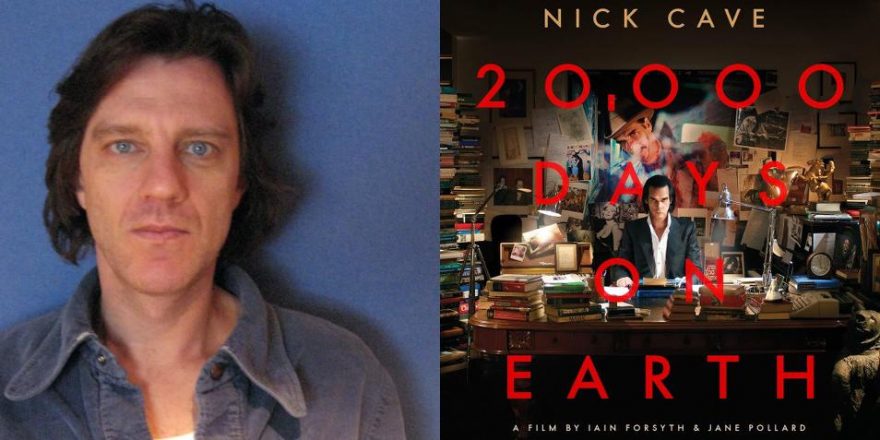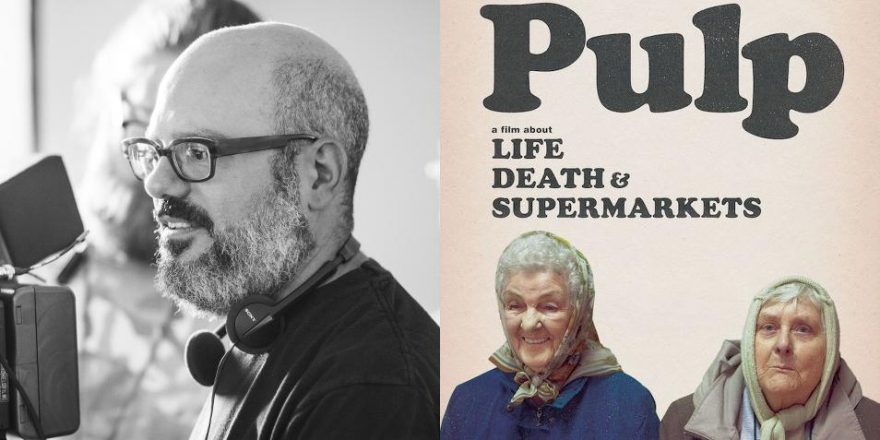As a film composer, I’ll be the first to admit that I am probably more critical of a film’s score than most moviegoers are. A thoughtful, inventive score can save an otherwise mediocre movie for me. A bad one instantly takes me out of the story, and makes me start writing scathing reviews in my head. A good one sends me straight to Google, so that I can learn everything there is to know about that composer: their training, their previous work, any interviews they’ve given. I want to know as much as possible about where they came from and how they got to where they are, so that I might be able to borrow a little of their genius for my own creative endeavors.
To that end, Jody Lee Lipes’ Ballet 422 was a strange surprise for me. This incredibly charming, beautiful documentary chronicles the rise of dancer and choreographer Justin Peck, as we watch him work from start to finish on Paz de la Jolla, the 422nd original piece performed by the New York City Ballet, in its 2013 season. But in an age of ultimate information-gathering, Lipes chooses to show, rather than to explain, how this world works and how its stars are made.
From its opening scene, Ballet 422 is an intensely musical film. In that scene, the rhythm of a dancer’s feet — hitting the sheet vinyl and echoing off the walls as they walk away from us, down a backstage hallway at New York City Ballet — makes me want to follow them into this story, and to their next rehearsal.
Though that dancer is never identified, it’s at the following rehearsal that we meet our protagonist. Peck joined the New York City Ballet in 2007, and spent several years dancing in the corps de ballet, the lowest rank of dancers in any company, who provide the backdrop for soloists at most performances. We soon learn that Peck has shown great promise at the Ballet’s choreographic institute, which leads to the opportunities we see him enjoying (and quite evidently deserving) throughout Ballet 422. Peck has since become a soloist with the company, as well as its resident choreographer, and this film portends all that is to come.
For everything we learn from Ballet 422 about what it takes to choreograph and stage a ballet, and everything we learn about Peck and his process, very little of that information comes from dialogue, or from interviews with the major players here. In fact, for the first 10 minutes of Ballet 422, I felt like I might have been watching a silent film. Almost no words are spoken, and I found myself reveling in all the other sounds that fill this world: of rows of dancers warming up, of the NYCB orchestra performing, of Sinfonietta “La Jolla” by Bohuslav Martinů, the 1950 composition which Peck chose for this ballet.
Lipes consistently takes this approach of showing instead of telling throughout the film, and so we never find out why Peck chose Martinů’s music for his choreography, who Peck’s influences are, or why he wanted to become a dancer in the first place. Nor does the film ever cut to a talking head of Peter Martins (NYCB’s Balletmaster-in-Chief) explaining why they chose Peck for the job. But the beauty of Lipes’ filmmaking is that, in the end, we don’t need these things to understand what’s happening here. Dance, much like music, is a creative form of expression which must be experienced, not just explained.
Peck choreographed Paz de la Jolla in between his two collaborations with Sufjan Stevens for the NYCB: 2012’s Year of the Rabbit and 2014’s Everywhere We Go. That information alone was enough to convince me that Peck’s interest in and relationship with music goes beyond the mundane. But as we follow Peck on his journey through the entire process of staging Paz de la Jolla, we get to see firsthand that Peck spends a lot of time listening to, thinking about and living with music.
Ballet 422 has no actual score to speak of; all music in the film is diegetic. But after watching it, I found myself asking, “Where could you possibly fit a score into this movie?” I was caught off guard by the constant flow of music, considering all of it happened during the footage Lipes was capturing. From scenes in Peck’s apartment, where he listens to Martinů’s piece while working, to rehearsals — almost all of which are accompanied by a pianist, or a stereo playing a recording of the sinfonietta — to a scene in which our POV rests solely on the conductor (Andrews Sill) as he runs through a passage of the piece during rehearsal, the music almost never stops. (On a side note, the former orchestra nerd in me was jumping up and down on the inside during the latter scene. How often do I get to see that in a film?!)
Ballet 422 does get us very close to a lot of rehearsal time between Peck and his dancers, and there are countless conversations between them as he figures out how to improve upon his own ideas, while incorporating feedback from those dancers. We’re introduced to the lighting designer, the costume designers and their entire team, the accompanist, ballet master Albert Evans (who seems to be working here as Peck’s advisor and assistant), and many others, as they intersect with the staging of Paz de la Jolla. In that respect, the film is masterfully thorough in its exploration of this world, just not in the way I expected, based on similar documentaries I’ve seen of late.
Anyone who wants to know more about Justin Peck’s training, thought process or motivations can head to Google or his website (as, of course, I did before writing this). But Ballet 422 showed me something that I can’t find just by typing a few key words into a search box: the very physical, passionate nature of dance, its rehearsal and refinement, and its very creation.







